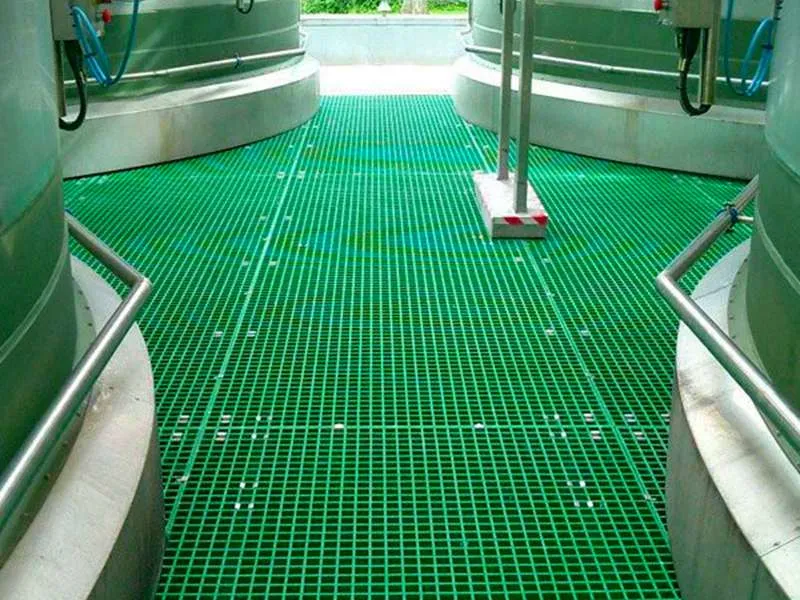
-
 Afrikaans
Afrikaans -
 Albanian
Albanian -
 Amharic
Amharic -
 Arabic
Arabic -
 Armenian
Armenian -
 Azerbaijani
Azerbaijani -
 Basque
Basque -
 Belarusian
Belarusian -
 Bengali
Bengali -
 Bosnian
Bosnian -
 Bulgarian
Bulgarian -
 Catalan
Catalan -
 Cebuano
Cebuano -
 China
China -
 China (Taiwan)
China (Taiwan) -
 Corsican
Corsican -
 Croatian
Croatian -
 Czech
Czech -
 Danish
Danish -
 Dutch
Dutch -
 English
English -
 Esperanto
Esperanto -
 Estonian
Estonian -
 Finnish
Finnish -
 French
French -
 Frisian
Frisian -
 Galician
Galician -
 Georgian
Georgian -
 German
German -
 Greek
Greek -
 Gujarati
Gujarati -
 Haitian Creole
Haitian Creole -
 hausa
hausa -
 hawaiian
hawaiian -
 Hebrew
Hebrew -
 Hindi
Hindi -
 Miao
Miao -
 Hungarian
Hungarian -
 Icelandic
Icelandic -
 igbo
igbo -
 Indonesian
Indonesian -
 irish
irish -
 Italian
Italian -
 Japanese
Japanese -
 Javanese
Javanese -
 Kannada
Kannada -
 kazakh
kazakh -
 Khmer
Khmer -
 Rwandese
Rwandese -
 Korean
Korean -
 Kurdish
Kurdish -
 Kyrgyz
Kyrgyz -
 Lao
Lao -
 Latin
Latin -
 Latvian
Latvian -
 Lithuanian
Lithuanian -
 Luxembourgish
Luxembourgish -
 Macedonian
Macedonian -
 Malgashi
Malgashi -
 Malay
Malay -
 Malayalam
Malayalam -
 Maltese
Maltese -
 Maori
Maori -
 Marathi
Marathi -
 Mongolian
Mongolian -
 Myanmar
Myanmar -
 Nepali
Nepali -
 Norwegian
Norwegian -
 Norwegian
Norwegian -
 Occitan
Occitan -
 Pashto
Pashto -
 Persian
Persian -
 Polish
Polish -
 Portuguese
Portuguese -
 Punjabi
Punjabi -
 Romanian
Romanian -
 Russian
Russian -
 Samoan
Samoan -
 Scottish Gaelic
Scottish Gaelic -
 Serbian
Serbian -
 Sesotho
Sesotho -
 Shona
Shona -
 Sindhi
Sindhi -
 Sinhala
Sinhala -
 Slovak
Slovak -
 Slovenian
Slovenian -
 Somali
Somali -
 Spanish
Spanish -
 Sundanese
Sundanese -
 Swahili
Swahili -
 Swedish
Swedish -
 Tagalog
Tagalog -
 Tajik
Tajik -
 Tamil
Tamil -
 Tatar
Tatar -
 Telugu
Telugu -
 Thai
Thai -
 Turkish
Turkish -
 Turkmen
Turkmen -
 Ukrainian
Ukrainian -
 Urdu
Urdu -
 Uighur
Uighur -
 Uzbek
Uzbek -
 Vietnamese
Vietnamese -
 Welsh
Welsh -
 Bantu
Bantu -
 Yiddish
Yiddish -
 Yoruba
Yoruba -
 Zulu
Zulu
Exploring the Benefits and Applications of FRP Pipeline Technology in Modern Engineering
Understanding the FRP Pipeline A Comprehensive Overview
In recent years, the application of Fiber Reinforced Polymer (FRP) materials in various industries has gained significant attention, particularly in the construction and infrastructure sectors. One of the pivotal elements in this domain is the FRP pipeline, which offers a myriad of advantages over traditional materials like steel and concrete. This article delves into the specifics of FRP pipelines, exploring their advantages, applications, and future prospects.
What Are FRP Pipelines?
FRP pipelines are composed of polymers reinforced with fibers, typically glass, carbon, or aramid. These fibers provide enhanced mechanical properties, making the material incredibly strong and lightweight. The manufacturing process involves layering resin and fiber, which is then cured to form a solid structure. This innovative material is well-suited for various applications due to its resistance to corrosion, low weight, and high tensile strength.
Advantages of FRP Pipelines
1. Corrosion Resistance One of the most significant benefits of FRP pipelines is their resistance to corrosion. Traditional metal pipes are prone to rust and degradation, especially when transporting aggressive chemicals. In contrast, FRP pipelines can handle a wider range of corrosive substances, making them ideal for chemical plants, wastewater treatment facilities, and marine applications.
2. Light Weight FRP materials are significantly lighter than their metal counterparts, which simplifies transportation and installation. This characteristic allows for reduced labor costs and makes it easier to work in challenging environments. The lightweight nature of FRP also leads to lower structural support requirements, which can lead to savings in overall construction costs.
3. High Strength-to-Weight Ratio The combination of strength and light weight gives FRP pipelines a superior performance profile. They can withstand high pressures and extreme conditions, making them suitable for a variety of applications, including oil and gas transportation, where durability is paramount.
4. Flexibility in Design FRP pipelines can be manufactured in various shapes and sizes, providing engineers with greater flexibility in design. This adaptability allows for innovative solutions in infrastructure projects where conventional materials may fall short.
frp pipeline

5. Lower Lifecycle Costs While the initial investment in FRP pipelines may be higher than for traditional materials, the long-term savings due to reduced maintenance and replacement costs often offset this. Their longevity and durability mean fewer disruptions and lower total lifecycle costs.
Applications of FRP Pipelines
FRP pipelines are increasingly being used in diverse applications. Some notable sectors include
- Water and Wastewater Management Due to their corrosion resistance, FRP pipes are widely used in sewage systems and water treatment plants. They help extend the lifespan of these systems and improve efficiency. - Oil and Gas Industry FRP pipelines are ideal for transporting oil, natural gas, and associated products because of their ability to withstand harsh environments and chemicals.
- Chemical Processing The resistance to a variety of chemicals makes FRP pipes a preferred choice in chemical manufacturing sites where the transport of corrosive substances is required.
- Agricultural Applications In irrigation systems, FRP pipelines can efficiently transport water or agrochemicals, contributing to improved agricultural productivity.
Future Prospects
The future of FRP pipelines looks promising as advancements in polymer technology and manufacturing processes continue to evolve. Research is ongoing to develop even more durable and sustainable FRP materials that can withstand extreme conditions. Moreover, as infrastructure focuses on sustainability, the demand for lightweight, corrosion-resistant materials is expected to rise.
In summary, FRP pipelines represent a significant innovation in materials science, providing a combination of strength, durability, and resistance that meets the demands of modern infrastructure. As industries increasingly recognize the benefits of these materials, the integration of FRP pipelines is likely to expand, paving the way for enhanced efficiency and sustainability in various applications. The continuous evolution in manufacturing techniques and materials research further underscores the potential of FRP pipelines to transform how fluids are transported across different sectors for years to come.









